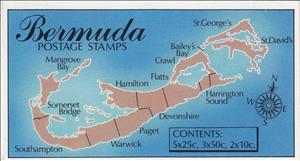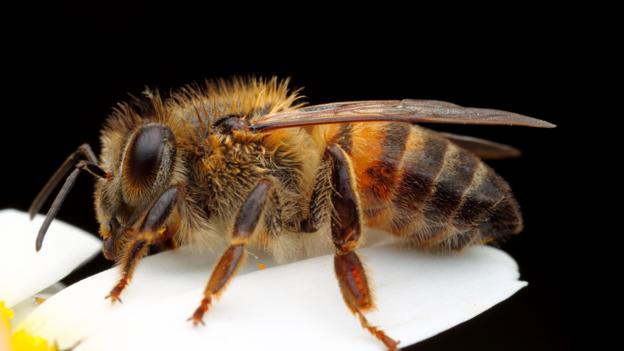Booklet: Duchesse de Brabant Rose- booklet 1 (Bermuda 1993)
Duchesse de Brabant Rose- booklet 1 (Bermuda 1993)
01 April (Bermuda ) within release Duchesse de Brabant Rose, Bee goes into circulation Booklet Duchesse de Brabant Rose- booklet 1 face value 2.95 Bermudian dollar
| Booklet Duchesse de Brabant Rose- booklet 1 in catalogues | |
|---|---|
| Stanley Gibbons: | Sg: BM SB5 |
Booklet is square format.
Contains SG booklet panes 683a-684aAlso in the issue Duchesse de Brabant Rose, Bee:
- Booklet Pane - Booklet pane of 5, 2 each of 10c, and 3 of 50c face value 1.70;
- Booklet Pane - Booklet pane of 5, 5 of 60c face value 3;
- Booklet Pane - Booklet pane of 5 of 25c face value 1.25;
- Stamp - Duchesse de Brabant Rose, Bee face value 10;
- Stamp - Duchesse de Brabant Rose, Bee face value 25;
- Stamp - Duchesse de Brabant Rose, Bee face value 50;
- Stamp - Duchesse de Brabant Rose, Bee face value 60;
- Booklet Pane - Booklet pane of 10, 10 *10c face value 10*10;
- Booklet - Duchesse de Brabant Rose- booklet 1 face value 2.95;
- Booklet - Duchesse de Brabant Rose- booklet 2 face value 4.25;
Booklet Duchesse de Brabant Rose- booklet 1 it reflects the thematic directions:
Bees are winged insects closely related to wasps and ants, known for their roles in pollination and, in the case of the best-known bee species, the western honey bee, for producing honey. Bees are a monophyletic lineage within the superfamily Apoidea. They are currently considered a clade, called Anthophila. There are over 20,000 known species of bees in seven recognized biological families. Some species – including honey bees, bumblebees, and stingless bees – live socially in colonies while most species (>90%) – including mason bees, carpenter bees, leafcutter bees, and sweat bees – are solitary.
A flower, sometimes known as a bloom or blossom, is the reproductive structure found in plants that are floral (plants of the division Magnoliophyta, also called angiosperms). The biological function of a flower is to effect reproduction, usually by providing a mechanism for the union of sperm with eggs. Flowers may facilitate outcrossing (fusion of sperm and eggs from different individuals in a population) or allow selfing (fusion of sperm and egg from the same flower). Some flowers produce diaspores without fertilization (parthenocarpy). Flowers contain sporangia and are the site where gametophytes develop. Many flowers have evolved to be attractive to animals, so as to cause them to be vectors for the transfer of pollen. After fertilization, the ovary of the flower develops into fruit containing seeds. In addition to facilitating the reproduction of flowering plants, flowers have long been admired and used by humans to beautify their environment, and also as objects of romance, ritual, religion, medicine and as a source of food.
Flora is the plant life occurring in a particular region or time, generally the naturally occurring or indigenous—native plant life. The corresponding term for animal life is fauna. Flora, fauna and other forms of life such as fungi are collectively referred to as biota. Sometimes bacteria and fungi are also referred to as flora, as in the terms gut flora or skin flora.
A rose is either a woody perennial flowering plant of the genus Rosa , in the family Rosaceae or the flower it bears. There are over three hundred species and tens of thousands of cultivars. They form a group of plants that can be erect shrubs, climbing, or trailing, with stems that are often armed with sharp prickles. Their flowers vary in size and shape and are usually large and showy, in colours ranging from white through yellows and reds. Most species are native to Asia, with smaller numbers native to Europe, North America, and Northwest Africa.Species, cultivars and hybrids are all widely grown for their beauty and often are fragrant. Roses have acquired cultural significance in many societies. Rose plants range in size from compact, miniature roses to climbers that can reach seven meters in height. Different species hybridize easily, and this has been used in the development of the wide range of garden roses.




